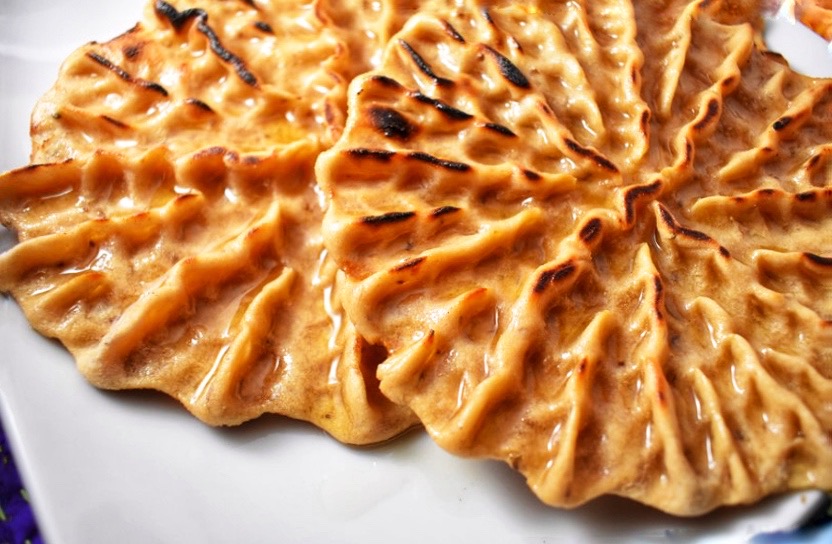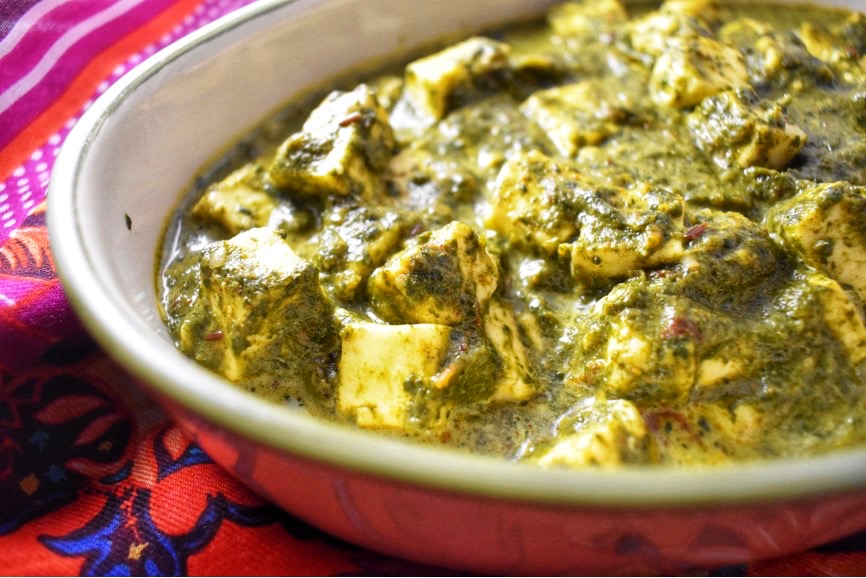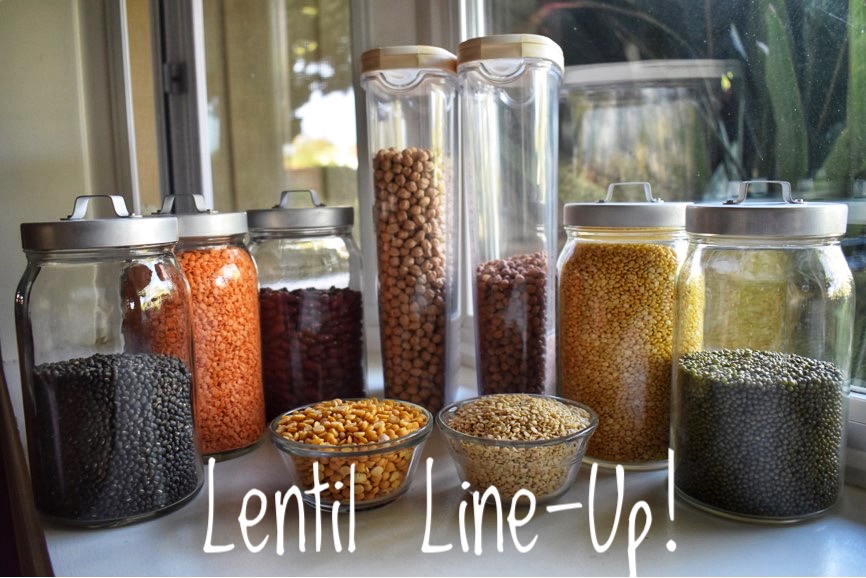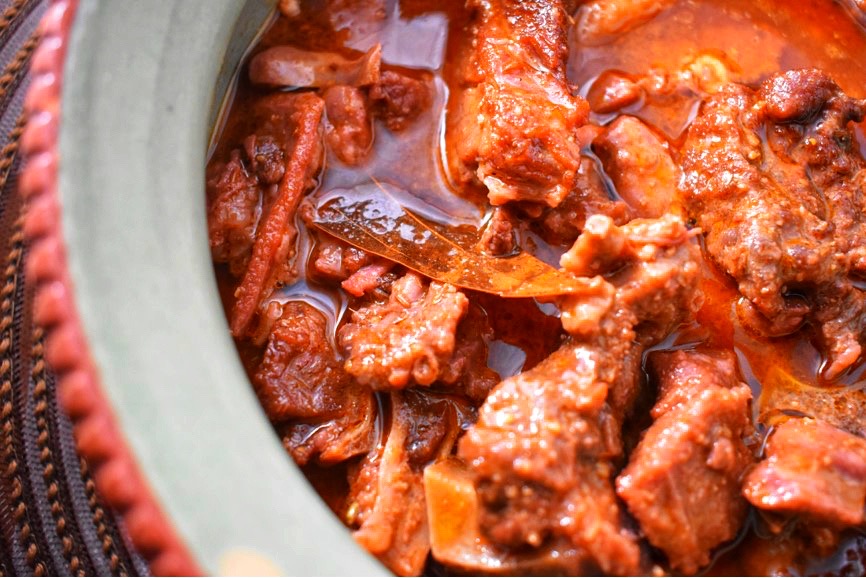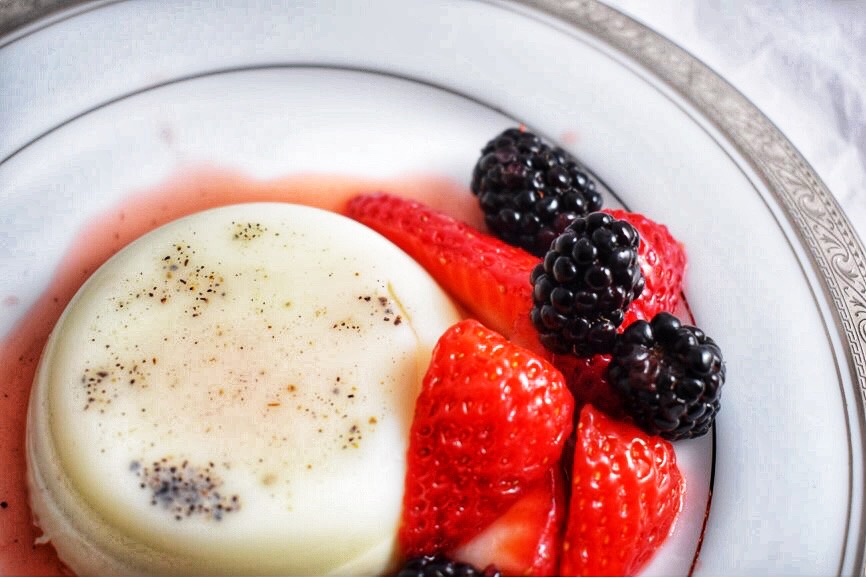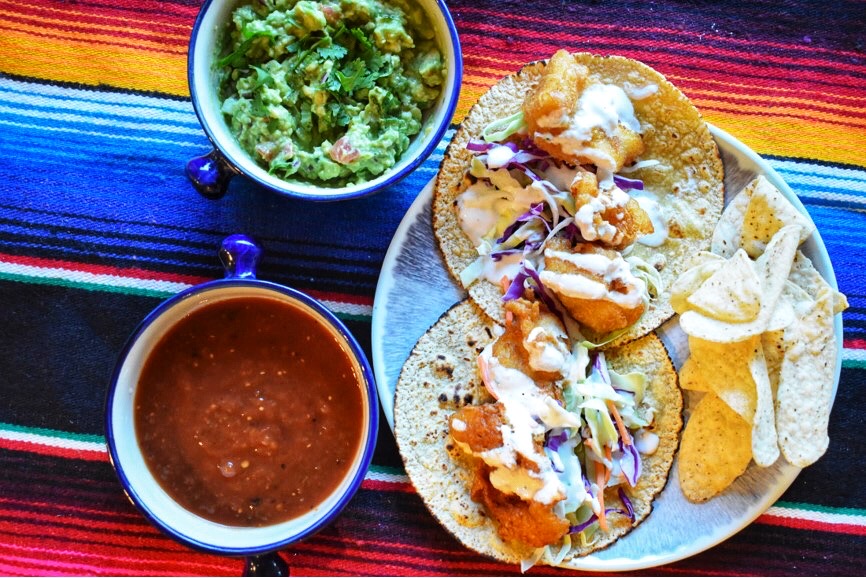Son-in-law's Day

T oday is Jamai Shoshti, the Bengali son-in-law's day. It is one of those celebrations in the Hindu calendar that may have had their origin in religion, but since then has evolved into a family celebration in which several genrations come together to observe homespun rituals and feast on seasonal produce. While Jamai Shoshti is connected to the Hindu goddess, Shoshti, it is also a celebration of the season, end of May being the height of summer in India. The food served on this day showcases the best of summer produce and the mangoes that are in high season at this time are at the center of the rituals that mark the day. As far as the reference to the son-in-law goes, I think it was a clever ploy to create an opportunity for married women to visit their parents. Back in the day, it was not socially acceptable for married women to visit their parents whenever they wanted. However, if her husband was invited to her parents' home, she could definitely tag along, even stay on a


